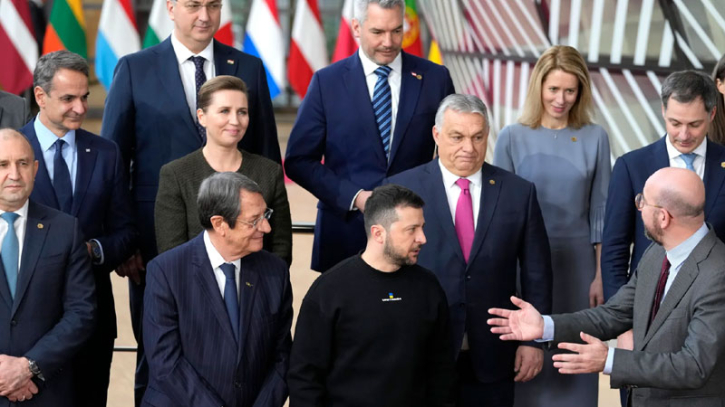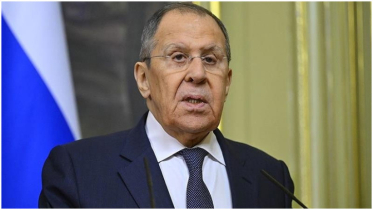EU plans to raise up to €40bn in loans for Ukraine without US

The European Union is preparing to provide up to €40 billion in new loans for Ukraine by the end of the year regardless of US participation, after a G7 plan to use frozen Russian assets to aid Kyiv faltered.
The unilateral push comes amid concern in Brussels that Hungary will prevent the bloc from delivering safeguards that the US needs for it to participate in the frozen asset scheme, according to three people involved in the talks.
The government of Viktor Orbán, the EU’s most pro-Russia leader, has sought to delay a decision on the frozen assets scheme until after the US presidential election on November 5.
But Brussels must start work on any alternative within the next few weeks since such a move would rely on powers that expire at the end of the year.
The funds are intended to aid the financial stability of Ukraine, which faces a $38bn financing gap in 2025, according to Kyiv and the IMF. The country relies on foreign aid to keep functioning as Russia steps up attacks on its infrastructure.
According to a draft legal proposal seen by the FT, the EU will raise an unspecified number of billions in loans to Ukraine by the end of 2024.
Such a move, expanding an existing aid programme, would need just majority support rather than unanimity, removing Budapest’s veto power.
The final figure could range between €20bn and €40bn and would be set by the European Commission after consulting member states, the officials said.
“We could always go on our own,” said an EU official.
While the original scheme — involving US participation — remains the commission’s plan A, officials argue they need an alternative if Budapest keeps its veto in place until the US election.
G7 leaders agreed in June to issue a $50bn loan to Ukraine to be repaid with future profits from around €260bn in frozen Russian foreign reserves, most of which are held at Euroclear, the Belgian central security depository.
According to that plan, the EU and US would shoulder around $20bn each, with the remaining $10bn shared between the UK, Japan and Canada.
But the US, to ensure a steady flow of income servicing the loan, demanded safeguards that would ensure the Russian assets, most of them held in Europe, remained frozen.
The commission has, in turn, proposed that the bloc’s sanctions immobilising Russian assets be lengthened from its current rolling six-month period to 36 months, to provide greater legal certainty. Other options proposed include extending the sanctions by five years.
However, Orbán, who has vetoed EU support for Ukraine in the past, is currently blocking such an extension, according to people briefed on his thinking.
A Hungarian government representative told EU ambassadors in Brussels on Monday that the issue would have to be addressed after the US election, according to two people briefed on the discussion.
As an alternative, the EU is now considering issuing the loans as part of an existing financial support package that expires at the end of the year. The scheme would involve increasing the bloc’s total borrowing and would be backed by the common EU budget.
The EU plan would provide some of the $20bn intended to come from Washington under the original G7 proposal if the Biden administration were to be unable to grant the loan so close to the election. Brussels officials hope that Washington will still ultimately provide funds, so reducing the EU’s exposure.
If it decides to issue the loans unilaterally, Brussels must start work in the next few weeks in order to clear all the necessary legislative hurdles in time, because of the support package for Ukraine expiring at year end.
“It is urgent to adopt the proposals before end October, so that the Union loan can be released before the end of 2024 for future disbursements in tranches,” the proposal said.
The proposal would still ultimately use proceeds from frozen assets, estimated at €2.5 to €3bn a year, towards repayment of the loan. Currently, those profits are channelled to Ukraine through the EU budget.
.png)




